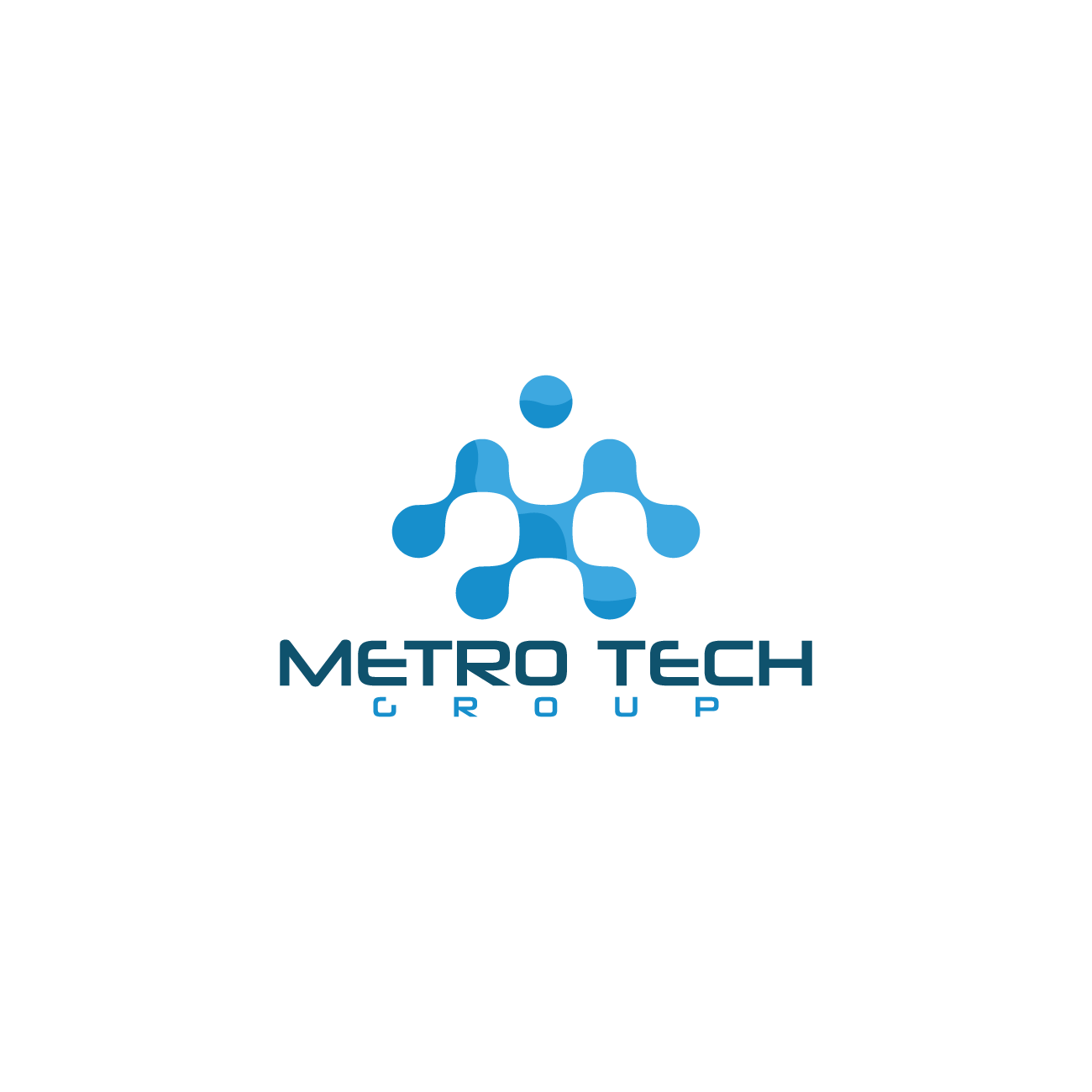How Does a SASE Solution Differ from Traditional Security Approaches?
In a world where digital transformation is rapidly advancing, understanding the differences between Secure Access Service Edge (SASE) and traditional security approaches is essential. This FAQ blog will explore SASE solutions, how they compare to traditional security measures, and why businesses are increasingly adopting them.
What is a SASE Solution?
A SASE solution integrates network services and security services into a single cloud-based platform, providing secure access for users no matter where they are located. This innovation allows businesses to manage and protect their digital environments in a more flexible and efficient manner. By leveraging cloud capabilities, SASE solutions offer scalability, reduced latency, and cost-effectiveness compared to traditional methods.
One of the key features of SASE is its ability to consolidate various security functions like SD-WAN, Secure Web Gateway (SWG), Cloud Access Security Broker (CASB), Firewall as a Service (FWaaS), and Zero Trust Network Access (ZTNA) into a single service. This reduces the need for multiple point products, simplifying management and enhancing security postures.
As a cloud-native architecture, SASE aligns with modern workflows by supporting distributed teams and dynamic network requirements. This adaptability is crucial in today's fast-paced, digitally-driven business environment, where agility and speed are of paramount importance.
Overview of Traditional Security Approaches
Traditional security approaches often rely on on-premises hardware and point solutions, requiring separate management of network and security functions. This often results in a rigid, inflexible network infrastructure that is harder to scale and manage as businesses grow or change.
Traditional methods typically involve the deployment of firewalls, VPNs, and intrusion detection systems at each physical location. While this approach provides a certain level of security, it also introduces complexity and increases operational costs. Each solution needs individual maintenance, leading to inefficiencies and potential security gaps.
In contrast to the integrated architecture of SASE, traditional systems often create silos within IT teams — network management and security typically operate independently. This separation sometimes results in slower response times to threats and complicates the consolidation of threat intelligence, ultimately affecting security efficacy.
Key Differences Between SASE and Traditional Approaches
A fundamental difference between SASE and traditional security approaches is the location and delivery of security services. Traditional approaches depend heavily on physical appliances located at the network's edge or data center, while SASE leverages a cloud-delivered framework, making it more adaptable and efficient.
In a traditional framework, managing security policies is often manual and fragmented across multiple devices and platforms. In contrast, SASE offers centralized management, allowing policies to be set and monitored from a single interface, streamlining operations and improving policy consistency.
The cloud-native nature of SASE provides a unique advantage in terms of scalability and performance. Traditional systems often require new hardware and infrastructure to handle increased load, which can be costly and time-consuming. SASE, however, uses elastic cloud resources to expand seamlessly as needed.
The Benefits of SASE Solutions
SASE provides benefits such as scalability, improved security posture, reduced complexity, and cost savings by converging multiple services in the cloud. One of the most significant advantages is its ability to streamline operations and reduce the need for managing multiple security products.
By integrating various security and network functions, SASE enhances an organization’s defensive capabilities against cyber threats. The unified framework enables continuous threat detection and response, offering superior protection by minimizing potential attack surfaces.
Another considerable advantage of SASE is its adaptability to modern working environments. As remote work becomes more commonplace, SASE's identity-driven, zero-trust model ensures secure access from anywhere without sacrificing performance or security standards.
Why Businesses are Transitioning to SASE
Businesses are transitioning to SASE for its ability to support remote work, cloud applications, and the need for agility in digital transformation strategies. The seamless integration of security and network services into one platform is increasingly appealing in an era where digital efficiency and security are paramount.
With the rise of cloud computing and edge services, many organizations find traditional security methods inadequate. SASE enables companies to leverage cloud resources efficiently, providing secure, reliable access to critical applications regardless of user location.
Ultimately, the transition to SASE is not just about upgrading technology; it’s about revamping business operations to align with digital-native practices. In a competitive landscape, the agile, scalable, and secure environment that SASE offers is a strong advantage, propelling businesses toward future-readiness.
Embracing the Future with SASE Solutions
As digital landscapes evolve, SASE solutions offer a flexible, cloud-centric approach to security that addresses the shortcomings of traditional security measures. By unifying network and security services, SASE provides a holistic solution suited for modern demands, empowering businesses to navigate the complex cybersecurity landscape more effectively. To learn more about implementing SASE solutions for your business, visit Metro Tech Group LLC.

